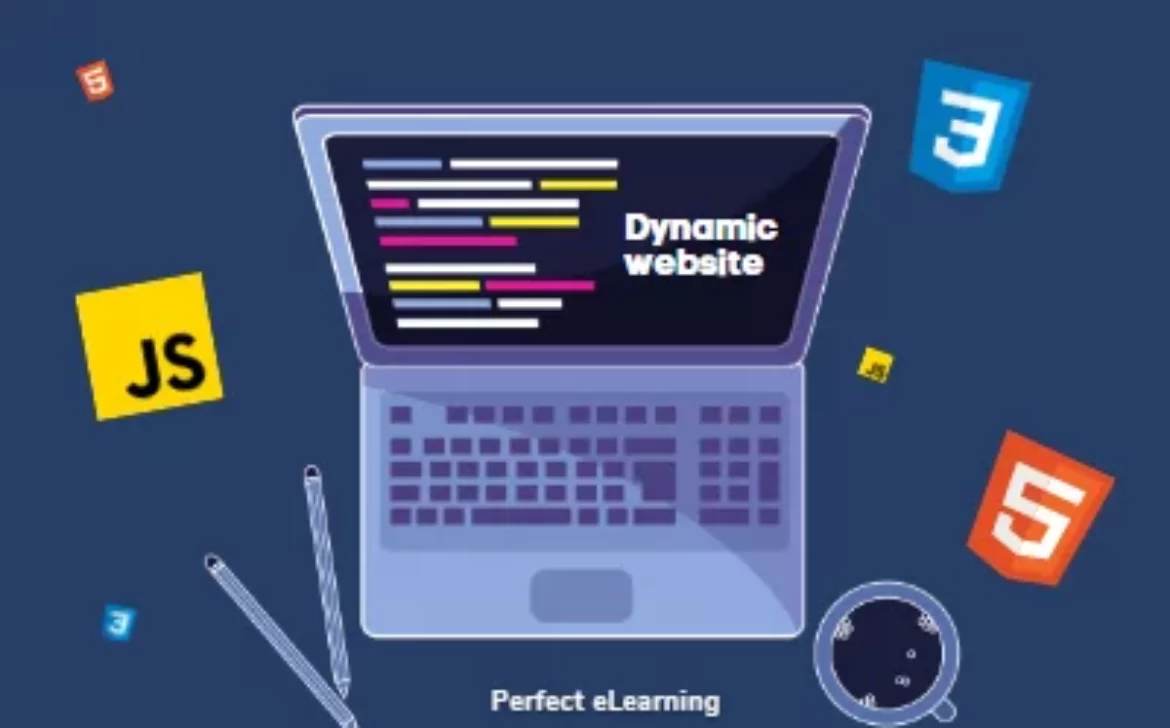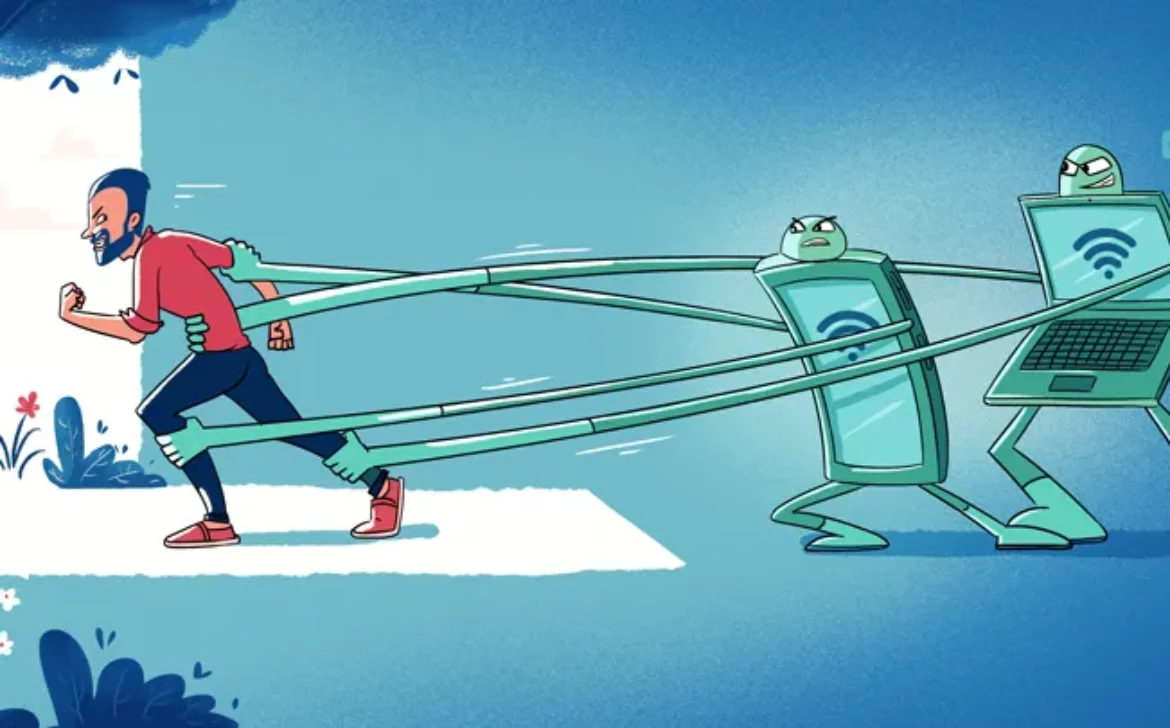Navigating the Internet of Things: Illuminating the Path to a Smarter World
Introduction:
In an increasingly interconnected world, a silent revolution is unfolding that is transforming the way we live, work, and interact with our environment. The Internet of Things (IoT) has emerged as a groundbreaking force, seamlessly weaving together everyday objects, devices, and systems into a digital tapestry of interconnected intelligence. In this blog, we’ll delve into the captivating realm of IoT, uncovering its intricacies, exploring its real-world applications, and envisioning the incredible potential it holds for shaping a smarter, more efficient world.
- Unveiling the IoT Ecosystem:
At its core, IoT is the art of connectivity. It’s about linking physical objects – from household appliances and vehicles to industrial machines and wearable devices – through a network, allowing them to communicate, exchange data, and collaborate seamlessly.
- A Symphony of Sensors and Data:
Central to IoT’s magic are sensors – small yet mighty instruments that gather data from the environment. These sensors, often equipped with technologies like GPS, accelerometers, and temperature gauges, form the eyes and ears of the IoT, providing a constant stream of information.
- Smart Cities: Paving the Way for Urban Ingenuity:
Imagine cities that respond intelligently to their inhabitants’ needs. Smart cities leverage IoT to enhance urban living, from optimizing traffic flow and reducing energy consumption to improving waste management and public safety.
- Precision Agriculture: Cultivating Efficiency:
In the agricultural realm, IoT’s potential shines brightly. Smart farming employs sensors and data analytics to monitor soil conditions, weather patterns, and crop health, enabling farmers to make informed decisions and optimize yields.
- Healthcare Revolution: Enhancing Patient Well-being:
IoT’s impact on healthcare is profound, from wearable health trackers and remote monitoring devices to smart medical equipment. This interconnectedness empowers patients and doctors alike to access real-time health data for better care.
- The Smart Home Experience:
IoT is turning homes into intelligent ecosystems. Smart home devices, from thermostats and lighting to security systems, learn user preferences and adjust settings accordingly, offering convenience, energy savings, and security.
- Industrial IoT (IIoT): Transforming Industries:
In the industrial landscape, IIoT is revolutionizing manufacturing, logistics, and supply chain management. Real-time data from equipment and processes enables predictive maintenance, improved efficiency, and reduced downtime.
- Ethical Considerations in an Interconnected World:
As we embrace IoT’s potential, ethical considerations come to the forefront. Balancing convenience with data privacy and security becomes crucial to ensure that the benefits of IoT are not outweighed by potential risks.
- The Future Unveiled: What Lies Ahead for IoT:
Looking forward, the potential of IoT seems boundless. From connected cars and smart clothing to healthcare innovations we can scarcely imagine, IoT’s impact on society and industries is poised to deepen further.
Conclusion:
The Internet of Things is not merely a technological phenomenon; it’s a doorway to a smarter, more interconnected world. As we navigate this transformative landscape, let’s do so with a clear understanding of its implications, ethical responsibilities, and the power it holds to revolutionize every facet of our lives. With IoT as our compass, we stand at the threshold of an era where the once distant dreams of a connected future are rapidly becoming our present reality.










